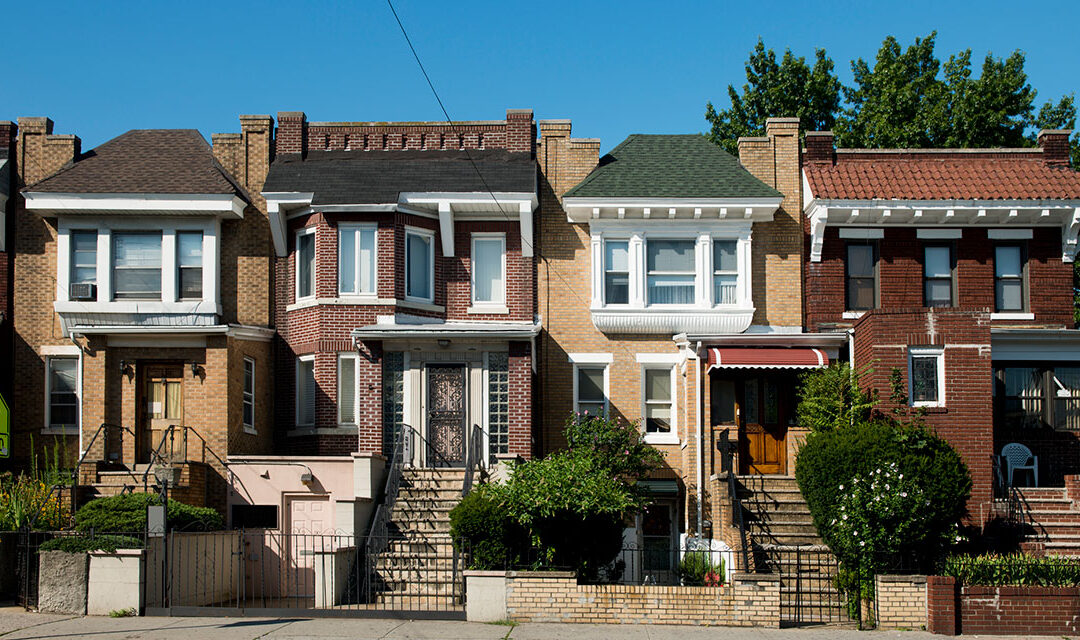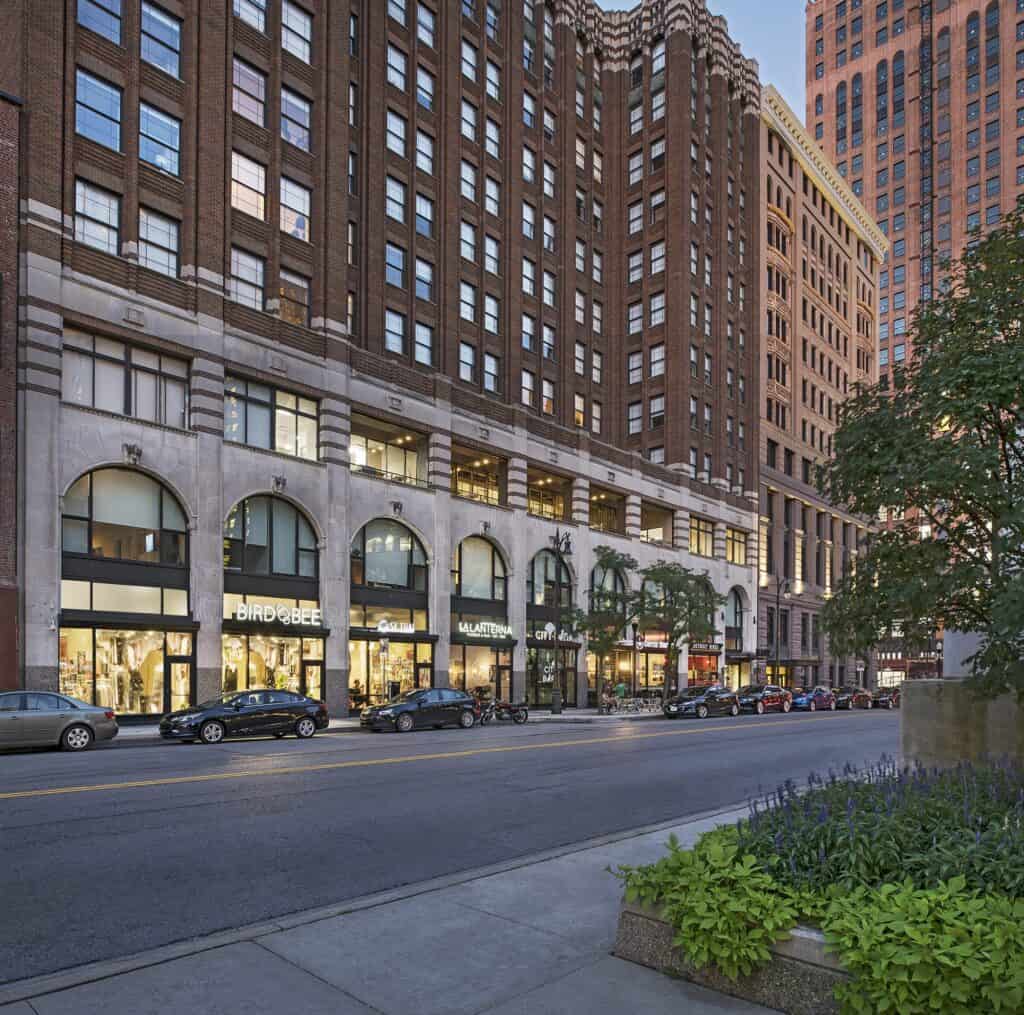The traditional concept of a household has evolved significantly over recent decades. One of the most notable shifts in residential living arrangements is the rise of multigenerational households, where more than two generations of a family reside under the same roof. This lifestyle choice, driven by economic, cultural, and social factors, calls for specialized property features and search tools that accommodate the unique needs of such households. Multiple Listing Service (MLS) platforms, as essential gateways to real estate markets, have responded by integrating features tailored to multigenerational living, enabling buyers and agents to navigate this complex segment of the housing market with greater precision and ease.
Understanding the Multigenerational Household Trend
Across many regions, multigenerational households have become increasingly common. According to research by the Pew Research Center, the number of Americans living in these arrangements has seen a steady increase, influenced by factors including rising home prices, caregiving needs for aging family members, and cultural preferences among various ethnic groups.
Such households typically include parents, adult children, grandparents, or other relatives living together. This living style offers benefits such as shared expenses, mutual support, and stronger family bonds. However, it also requires thoughtful planning in terms of space, privacy, and functionality.
How Multigenerational Living Influences Home Search Criteria
Finding a home suitable for a multigenerational family involves considerations that extend beyond conventional parameters like square footage or number of bedrooms. Privacy arrangements, such as separate living quarters or multiple master suites, become priorities. Kitchens, bathrooms, and common areas must support increased capacity while maintaining comfortable and distinct zones.
Accessibility also plays a critical role, especially when seniors or family members with mobility issues are involved. Features like single-story layouts, ramps, or elevators can be essential. Outdoor spaces may need to accommodate varied uses, including play areas for children and quiet retreats for older adults.
A desire for dual entrances, in-law suites, or self-contained living units reflects the need for autonomy within the collective living space. Noise control and efficient layout designs help balance connectedness with personal space.

MLS Platforms Adapting to Multigenerational Needs
Recognizing these evolving requirements, MLS databases have developed new ways to help buyers and agents identify properties suited for multigenerational living. Enhanced search filters have emerged, allowing users to specify criteria relevant to this household type more easily.
For example, searches can include options for homes with multiple master bedrooms, guest houses, or additional kitchens. Some MLS platforms now offer filters to identify properties with potential for in-law suites, finished basements, or carriage houses, which can serve as independent living quarters.
Additionally, accessibility features are becoming more searchable, with filters for single-story homes, wheelchair ramps, or elevator access. These allow families to prioritize physical access without separately verifying each detail during property visits.
Interactive Tools and Virtual Visualization
Beyond filtering options, MLS platforms increasingly incorporate interactive tools that help buyers visualize how a property might accommodate their multigenerational family. Virtual staging software can illustrate adapted floor plans showing how rooms may be repurposed as private quarters or shared spaces.
Three-dimensional walkthroughs enable potential buyers to understand spatial relationships within a home, aiding in the evaluation of privacy and communal flow. Some platforms even allow users to add annotations or notes to specific highlights, supporting detailed discussions with family members or agents.
By leveraging these technologies, multigenerational buyers can make more informed choices, avoiding later surprises about functionality or layout challenges.
Financing and Zoning Considerations in Multigenerational Housing
Properties designed for or adapted to multigenerational living may face unique financing or regulatory issues. MLS tools are increasingly integrating educational resources and specialized loan options that recognize these nuances.
For example, families converting homes to include self-contained living units may need information on zoning laws, permits, or variances. Certain mortgage products may require clarification when multiple income streams or residents are involved.
MLS platforms now often link to relevant guides or connect users with professionals knowledgeable about navigating these complexities, smoothing the path from search to purchase.
Supporting Real Estate Professionals Serving Multigenerational Clients
Real estate agents and brokers play a pivotal role in guiding multigenerational households through the complexities of home buying and selling. MLS features dedicated to this niche support professionals by providing advanced search options and comprehensive property details tailored to client demands.
Agents equipped with these tools can highlight unique selling points, such as separate living areas or adaptable floor plans, that resonate with multigenerational buyers. Additionally, the ability to quickly filter listings by accessibility or renovation potential enables more efficient client consultations.
Educational materials embedded within MLS platforms also help agents stay informed on market trends and legal considerations affecting multigenerational properties, enhancing their advisory capacity.
The Social and Economic Impact of Multigenerational Housing Availability
Expanding MLS support for multigenerational households meets growing market demand, but it also reflects broader social and economic shifts. Multigenerational homes support aging populations by facilitating elder care within family settings, reducing reliance on institutional care.
Families can pool resources to afford larger or more desirable properties, contributing to neighborhood stability and community engagement. Additionally, this living model promotes intergenerational learning, cultural preservation, and emotional well-being.
By making these homes more visible and easier to find, MLS platforms contribute positively to housing accessibility and diversity.
Challenges and Opportunities Ahead
While MLS platforms have made significant strides, challenges remain in fully addressing the needs of multigenerational households. Data standardization is one concern, as listings may inconsistently report features like separate entrances or auxiliary units, complicating searches.
Continued development is needed to integrate user feedback and emerging property types, such as homes built with multigenerational living in mind or recently renovated for such use.
There is also an opportunity to explore partnerships between MLS providers, community organizations, and local governments to promote housing designs that support diverse family structures.

Looking to the Future: Innovation and Inclusivity
The future of MLS platforms lies in further personalization and technological innovation. Artificial intelligence and machine learning could anticipate shifting needs, proactively suggesting properties that suit specific multigenerational arrangements.
Augmented reality tools might allow families to virtually redesign spaces according to their unique specifications, enhancing decision-making confidence.
Moreover, emphasizing inclusivity means broadening representation of multigenerational homes in listings, marketing materials, and agent training—ensuring this growing demographic receives attention and respect in the housing market.
Conclusion
Multigenerational households represent a dynamic and expanding segment of the real estate market, requiring nuanced approaches in both home design and search technologies. MLS platforms, recognizing this evolution, have incorporated specialized features and tools that facilitate the discovery, evaluation, and acquisition of suitable properties.
By easing access to homes that balance privacy, accessibility, and shared living, these evolving MLS capabilities empower families to find environments that support their collective and individual needs.
For real estate professionals and buyers alike, these advancements translate into more efficient searches, better-informed decisions, and ultimately, more satisfying living arrangements that reflect the richness and complexity of modern family life.
Through continued innovation and commitment to inclusivity, MLS platforms are well-positioned to support the future of multigenerational living, helping families thrive across generations under one roof.
Frequently Asked Questions and Answers:
-
What MLS filters identify multigenerational‐ready homes?
Many MLS platforms let you filter by multiple master suites, in-law or carriage houses, dual kitchens, and finished basements. -
How do I find listings with in-law or granny suites?
Look for keywords like “in-law suite,” “guest house,” or “accessory dwelling unit (ADU),” and use MLS filters for additional kitchens or private entrances. -
Can I search for accessibility features in MLS?
Yes—advanced searches often include “single‐story,” “wheelchair ramp,” “elevator access,” or “wide doorways” to accommodate mobility needs. -
What virtual tools help visualize multigenerational layouts?
Virtual staging and 3D walkthroughs let you repurpose rooms as separate quarters or shared spaces, and even annotate desired changes. -
How do financing and zoning affect multigenerational home purchases?
Converting or adding self-contained units may require permits, zoning variances, or specialized mortgages—MLS portals often link to relevant guides. -
How can agents tailor MLS searches for multigenerational clients?
Agents can combine filters (extra kitchens, separate entrances, accessibility) and save custom searches to match each family’s layout and budget needs. -
What renovation potential should buyers look for?
Seek homes with unfinished basements, attics, or garages that can be converted into private living areas, and verify local zoning allows ADUs. -
How do I ensure privacy and shared‐space balance?
Prioritize floor plans with dual masters or wings, separate entries, sound-insulated walls, and distinct common areas to keep everyone comfortable.












